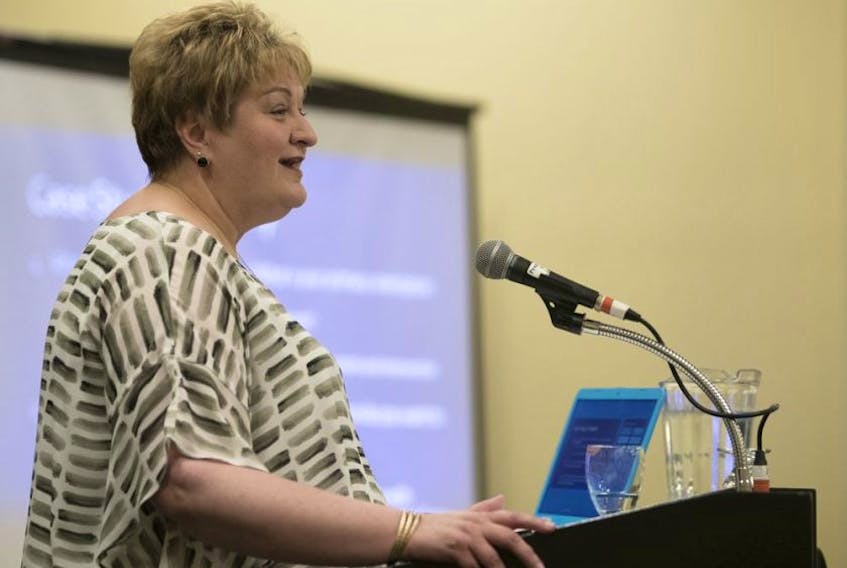REGINA, Sask. — While removing lots of animals from a single space may seem like the simple solution to animal hoarding, Christiana Bratiotis said the vast majority of animal hoarders struggle with mental illness, making the cases much more complex.
In fact, just going in and taking the animals away could only make the animal hoarder’s mental health worse, making them likely to reoffend, she said.
“Currently many of the interventions, and rightly so, are aimed at providing rescue and relief to animals,” said Bratiotis, an associate professor at the University of British Columbia’s School of Social Work who researches hoarding.
“But the simple act of removing the animals does nothing actually to offer intervention or treatment to the person who is doing the hoarding, and without an opportunity to learn new behaviours, it’s quite likely that the person will just continue.”
To recognize cases of animal hoarding early on and address the issue in a way that keeps people from reoffending, Bratiotis said a multidisciplinary approach is needed to look after both the animals and the humans involved.
Attendees represented a wide range of professions that can become involved in an animal hoarding case, including animal protection officers, police officers, veterinarians, social workers and mental health workers.
Don Ferguson, executive director of APSS, estimated 95 per cent of animal hoarders also struggle with some kind of mental illness and that, if left without help, nearly all of those people would reoffend. He has seen cases where a convicted offender prohibited from keeping any animals in Saskatchewan would then move over to Alberta or Manitoba, starting the cycle all over.
“If that mental health issue isn’t addressed, they’re going to reoffend,” he said. “To have healthy animals we need to have healthy humans, and it’s just now a matter of making sure those agency connections are there.”
Ferguson said there were 10 cases of animal hoarding in Saskatchewan in 2018.
As a veterinarian and animal protection officer in Manitoba, Colleen Marion’s role is to determine whether or not someone’s animals are being cared for properly. Even though her job is focused on the animals, Marion said visiting a home often becomes a complex situation if the resident struggles with mental illness or the condition of the home raises public health and safety concerns.

“What I hope will happen is that the different agencies see how important it is to work collaboratively and co-operatively in order to address concerns,” she said.
As part of the workshop, an afternoon panel discussion featuring people from many of the involved professions gave attendees a chance to learn what each profession can and cannot do in a situation of animal hoarding. Armed with this new knowledge, Bratiotis hopes those working in the field will know who to call in these types of cases.
But she also recognized that creating a co-ordinated response from many different agencies is difficult, with each service or organization operating under a different set of rules and with a different mandate.
“Coming out of our silos actually requires quite a lot, and so I think that’s part of why it hasn’t happened,” she said.
While efforts are being made in the province to create more inter-agency collaboration, Bratiotis said there is still a need for more research into what motivates people to hoard animals and what would be an effective treatment, as well as more ongoing supports for the hoarders to make sure their needs are looked after.
Copyright Postmedia Network Inc., 2019









